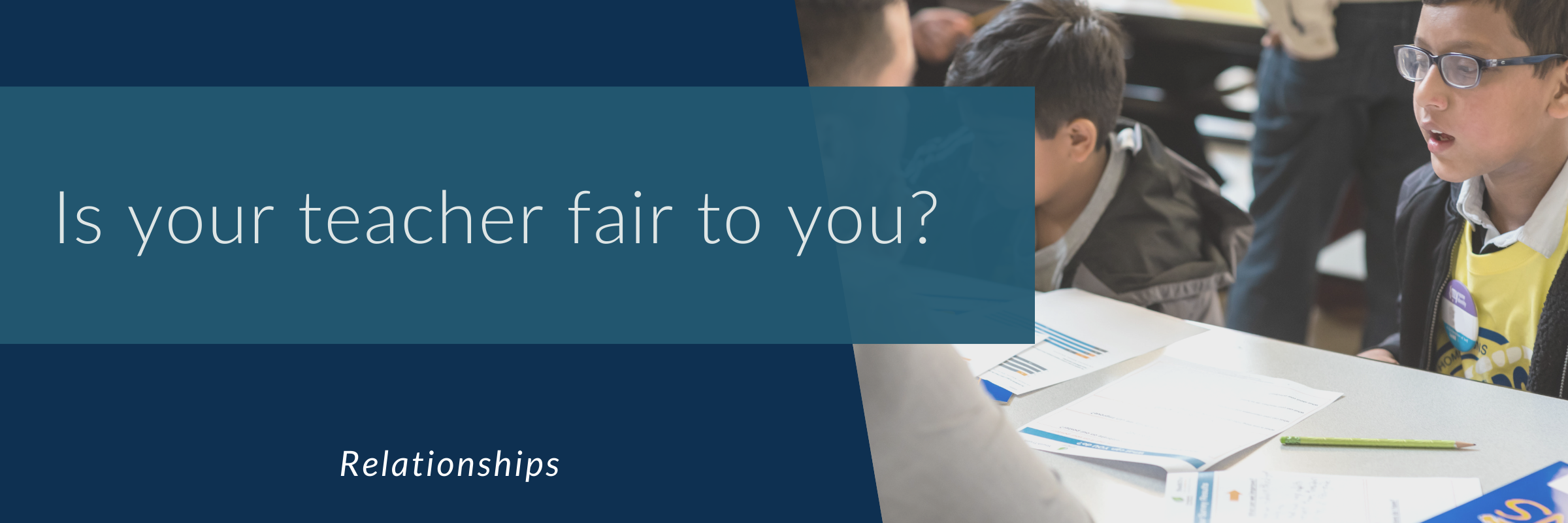
Why does it matter?
Favoritism can lead students to experience a lack of fairness in the classroom. The question “Is your teacher fair to you?” helps educators ensure that all students feel their teachers are being equitable and fair and avoiding favoritism.
Are you favoring certain students?
Eric Butterman writes, “Most teachers consider themselves above favoritism. Few actually are.” While it’s normal and human to feel kinship with people who remind us of ourselves or people we are close to, it’s essential to ensure that these feelings don’t come through to students. Here are some highlights from Scholastic’s resources to help educators identify favoritism and avoid it.
Treating all students fairly means holding high expectations of all learners?
When a student can tell that a teacher is truly rooting for them, it can make all the difference. It’s important to note, too, that the important thing here is not whether or not a teacher is rooting for a student — but whether or not the student perceives this as so. Even good intentions like encouraging a bright student can seem like favoritism to other students. Teachers have the unique ability to help students’ develop growth mindsets and healthy habits. When students perceive inequitable favoritism in a classroom, it can chip away at a teacher’s hard work to motivate students to work hard and succeed.
Recommendations for Fairer Practices
- Audit your classroom walls. Does every student have a piece of work displayed, or just certain learners?
- Use a random method to call on students, like names in a jar, instead of allowing your biases seep into who you call on.
- Find something special about every student, and focus on each learner’s assets in order to stave off favoritism.
- Invite a colleague to observe a lesson, or videotape the lesson and observe yourself. Where do you walk in the room? Which students do you give more time?
- Check your curriculum to make sure it includes stories about people of diverse genders, races, and backgrounds.
